Home>Interior Design>What Is A Low Pile Carpet And Why It’s Better Than High Pile
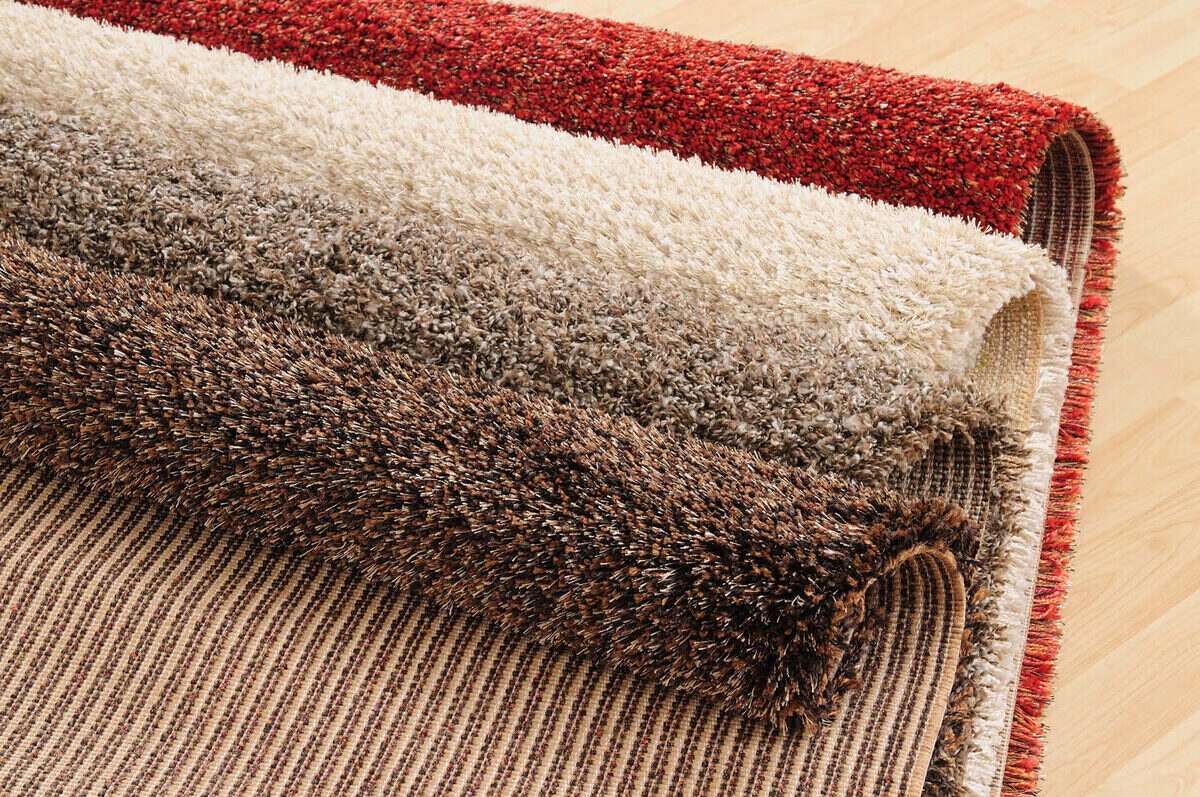

Interior Design
What Is A Low Pile Carpet And Why It’s Better Than High Pile
Modified: October 20, 2024
Discover the benefits of low pile carpets for your interior design. Find out why they are superior to high pile carpets and how they can enhance your space.
(Many of the links in this article redirect to a specific reviewed product. Your purchase of these products through affiliate links helps to generate commission for Storables.com, at no extra cost. Learn more)
Introduction
When it comes to interior design, the type of flooring you choose can greatly impact the overall aesthetic appeal and functionality of a space. One popular option that has gained significant attention in recent years is low pile carpet. Unlike its counterpart, high pile carpet, low pile carpet offers a range of benefits that make it a preferable choice for many homeowners and businesses.
In this article, we will explore what exactly low pile carpet is, its advantages over high pile carpet, and factors to consider when choosing this type of carpet for your space. Whether you are redesigning your home or revamping a commercial space, understanding the benefits of low pile carpet can help you make an informed decision.
Key Takeaways:
- Low pile carpets are a durable and stylish flooring choice, offering easy maintenance, allergen reduction, and a wide range of design options. They are ideal for high-traffic areas and individuals with allergies or sensitivities.
- When choosing a low pile carpet, consider factors such as material, foot traffic, color, maintenance, budget, and specific needs related to allergies. Regular maintenance, prompt spill cleanup, and preventative measures can help maintain the carpet’s appearance and longevity.
Read more: Why Is Grass Better Than Turf
Understanding Low Pile Carpets
Low pile carpets are characterized by their shorter, tightly woven fibers. Unlike high pile carpets, which are known for their long and plush fibers, low pile carpets have a flatter appearance and a denser texture. The fibers of a low pile carpet are tightly packed together, resulting in a smoother surface that is easier to clean and maintain.
One key characteristic of low pile carpets is their durability. The tightly woven fibers make them more resistant to wear and tear, making them ideal for high-traffic areas such as hallways, living rooms, and offices. This durability also extends the lifespan of the carpet, making it a cost-effective choice in the long run.
Another advantage of low pile carpets is their ability to minimize the appearance of footprints and vacuum marks. The shorter fibers are less likely to show indentations from heavy furniture or foot traffic, creating a neater and more polished look for your space. Additionally, low pile carpets are less likely to trap allergens and dust, making them a great option for those with allergies or respiratory sensitivities.
Furthermore, low pile carpets offer a wide range of design choices. From solid colors to intricate patterns, there is a low pile carpet to suit every aesthetic preference. Whether you prefer a modern and minimalist look or a more traditional and ornate design, you can find a low pile carpet that complements your interior style seamlessly.
In summary, low pile carpets are characterized by their shorter and tightly woven fibers, providing a durable and aesthetically pleasing flooring option. They offer advantages such as durability, resistance to wear and tear, ability to minimize footprints, and a wide range of design options. Now that we have a better understanding of low pile carpets, let’s explore the benefits they offer over high pile carpets.
The Benefits of Low Pile Carpets
Low pile carpets offer a multitude of benefits that make them a superior choice over high pile carpets for many homeowners and businesses. Let’s take a closer look at some of these advantages:
-
- Easy to Clean: One of the primary benefits of low pile carpets is that they are easy to clean and maintain. The tightly woven fibers make it difficult for dirt and debris to get trapped, allowing for easy removal through regular vacuuming or spot cleaning.
-
- Durability: Low pile carpets are highly durable and resilient. The tightly packed fibers make them resistant to wear and tear, ensuring that they retain their appearance and quality even in high-traffic areas. This makes low pile carpets a great choice for busy households or commercial spaces.
-
- Stain Resistance: Many low pile carpets are treated with stain-resistant coatings or have inherently stain-resistant fibers. This means that spills and accidents are less likely to leave lasting marks on the carpet, making it easier to keep your floors looking clean and fresh.
-
- Less Allergenic: Low pile carpets are less likely to trap allergens such as dust, pet dander, and pollen compared to high pile carpets. This is beneficial for individuals with allergies or respiratory sensitivities, as it helps maintain better indoor air quality and reduces the risk of allergic reactions. Regular vacuuming and cleaning can easily remove any allergens that may be present.
-
- Improved Acoustics: The denser texture of low pile carpets helps absorb sound and reduce noise levels in a room. This is particularly advantageous in areas where noise reduction is desired, such as offices, bedrooms, or living rooms. Low pile carpets can create a quieter and more peaceful environment.
-
- Wide Variety of Styles: Low pile carpets come in a wide range of styles, colors, and patterns to suit any interior design preference. Whether you prefer a neutral tone for a minimalist look or a bold pattern for a statement piece, you can find a low pile carpet that enhances the aesthetic appeal of your space.
Overall, the benefits of low pile carpets include easy maintenance, durability, stain resistance, allergen reduction, improved acoustics, and a wide variety of styles. These advantages make low pile carpets a practical and stylish flooring choice for both residential and commercial settings.
Comparing Low Pile and High Pile Carpets
When it comes to choosing between low pile and high pile carpets, it’s important to understand the key differences between the two. Both options have their own unique characteristics and advantages, so let’s compare low pile and high pile carpets to help you make an informed decision:
-
- Appearance: Low pile carpets have a flatter and more compact appearance compared to high pile carpets. The shorter fibers of low pile carpets give them a sleek and uniform look, while high pile carpets have longer and looser fibers that create a plush and luxurious appearance.
-
- Comfort: High pile carpets are often chosen for their soft and cushioned feel underfoot. The longer fibers provide a plush and comfortable surface, making high pile carpets ideal for areas where comfort is a priority, such as bedrooms or cozy living rooms. In contrast, low pile carpets have a firmer texture and are less plush but offer their own set of benefits.
-
- Maintenance: Low pile carpets are generally easier to clean and maintain compared to high pile carpets. The shorter fibers of low pile carpets make it more difficult for dirt, dust, and debris to get trapped, allowing for easier removal through regular vacuuming. High pile carpets, on the other hand, may require more frequent vacuuming and specialized cleaning methods to keep them looking their best.
-
- Durability: Low pile carpets are known for their durability and resilience. The tightly woven fibers make them more resistant to wear and tear, making them a great choice for high-traffic areas. High pile carpets, although soft and plush, may show signs of wear more quickly, especially in areas with heavy foot traffic.
-
- Air Quality: Low pile carpets are generally better for indoor air quality. The shorter fibers trap fewer allergens, dust, and pet dander, making low pile carpets a preferred choice for individuals with allergies or respiratory sensitivities. High pile carpets, with their longer fibers, have a greater tendency to trap allergens and may require more frequent cleaning to keep them clear of irritants.
-
- Noise Reduction: High pile carpets tend to offer better noise reduction due to their thicker and more cushioned fibers. They absorb sound more effectively, making them an excellent choice for areas where noise reduction is important, such as bedrooms or media rooms. Low pile carpets, while still offering some level of noise reduction, may not provide the same level of acoustic insulation as high pile carpets.
Ultimately, the choice between low pile and high pile carpets depends on your preferences, lifestyle, and the specific needs of your space. Low pile carpets are a practical and stylish choice for high-traffic areas, easy maintenance, and better air quality. On the other hand, high pile carpets offer a luxurious and comfortable feel underfoot, are great for noise reduction, and add a touch of elegance to any room. Consider your priorities and make an informed decision based on the aesthetics and functionality you desire.
A low pile carpet has shorter fibers, making it easier to clean and less likely to trap allergens. It’s a better choice for high-traffic areas and for those with allergies.
Factors to Consider When Choosing a Low Pile Carpet
Selecting the right low pile carpet for your space involves considering a few important factors. By taking these factors into account, you can ensure that the carpet you choose meets your specific needs and fits seamlessly into your interior design. Here are some key factors to consider when choosing a low pile carpet:
-
- Material: Low pile carpets can be made from various materials, including nylon, polyester, wool, or a blend of fibers. Each material has its own unique characteristics in terms of durability, stain resistance, and texture. Consider your priorities and choose a material that best suits your requirements.
-
- Foot Traffic: The level of foot traffic in the area where the carpet will be installed is an important consideration. For high-traffic areas, such as hallways or living rooms, opt for a low pile carpet with higher durability and stain resistance to withstand heavy use.
-
- Color and Pattern: Low pile carpets come in a wide variety of colors and patterns, allowing you to choose one that complements your existing decor and personal style. Consider the overall color scheme and aesthetics of your space when selecting a color or pattern for your low pile carpet.
-
- Maintenance: Consider the amount of maintenance you are willing to invest in your low pile carpet. Some carpets require regular vacuuming and occasional deep cleaning, while others may be more stain-resistant and easier to maintain. Choose a low pile carpet that aligns with your desired level of maintenance.
-
- Budget: Set a budget for your low pile carpet project and consider the cost of both the carpet itself and professional installation, if needed. Different materials and qualities of low pile carpets will vary in price, so be sure to choose a carpet that fits within your budget without compromising on quality.
-
- Allergies and Sensitivities: If you or someone in your household has allergies or sensitivities, consider a low pile carpet that is hypoallergenic or resistant to allergens. Look for carpets that are labeled as low VOC (volatile organic compounds) to ensure better indoor air quality.
-
- Padding: Don’t forget to consider the padding or underlay for your low pile carpet. Padding can provide additional comfort, noise reduction, and insulation. Choose a padding that complements your carpet and offers the desired level of cushioning and support.
By carefully considering these factors, you will be able to select a low pile carpet that meets your requirements in terms of durability, aesthetics, maintenance, and budget. Remember to take your time and explore different options before making a final decision.
Read more: Why Books Are Better Than Television
Tips for Maintaining a Low Pile Carpet
Proper maintenance is key to keeping your low pile carpet looking fresh and vibrant for years to come. While low pile carpets are known for their durability and ease of cleaning, following these tips will help ensure their longevity and appearance. Here are some essential tips for maintaining a low pile carpet:
-
- Vacuum Regularly: Regular vacuuming is crucial in keeping your low pile carpet clean and free from dirt and debris. Vacuum at least once a week, paying extra attention to high-traffic areas. Use a vacuum cleaner with adjustable height settings to ensure efficient cleaning.
-
- Address Spills Immediately: Accidents happen, so it’s important to address spills and stains on your low pile carpet immediately. Blot the spill with a clean cloth or paper towel to absorb the liquid, and avoid rubbing, as this can spread the stain. Use a mild detergent or carpet stain remover appropriate for your carpet’s material and follow the instructions carefully.
-
- Spot Clean as Needed: In addition to addressing spills, it’s important to spot clean any visible stains or soiled areas on your low pile carpet. Use a clean cloth and a mild cleaning solution to gently blot and clean the affected area. Always test any cleaning solution on a small, inconspicuous area of the carpet first to ensure it doesn’t cause discoloration or damage.
-
- Protect from Furniture Indentations: To avoid permanent indentations from heavy furniture, place furniture pads or coasters under the legs of your furniture. This will help distribute the weight more evenly and prevent the carpet from getting crushed or flattened in certain areas.
-
- Rotate Furniture: Periodically rotating your furniture can help prevent uneven wear and tear on your low pile carpet. By shifting the weight and traffic patterns, you can ensure that the carpet maintains a more even and uniform appearance over time.
-
- Avoid Excessive Sun Exposure: Prolonged exposure to direct sunlight can cause color fading and damage to your low pile carpet. Use curtains, blinds, or window coverings to protect the carpet from excessive UV rays. You can also consider using UV-protective window films to reduce the impact of sunlight on your carpet.
-
- Professional Cleaning: While regular maintenance can keep your low pile carpet in good condition, professional cleaning is recommended periodically. Hire a professional carpet cleaning service to deep clean your carpet, removing deep-seated dirt and allergens. Follow the manufacturer’s recommendations for the frequency of professional cleaning based on your carpet’s material.
By following these maintenance tips, you can extend the life of your low pile carpet and keep it looking its best. Remember to attend to spills promptly, vacuum regularly, and take preventative measures to protect the carpet from damage. With proper care, your low pile carpet will continue to enhance the beauty and comfort of your space for years to come.
Conclusion
In conclusion, low pile carpets offer a range of benefits that make them a preferable choice over high pile carpets for many homeowners and businesses. With their durable and tightly woven fibers, low pile carpets are resistant to wear and tear, making them ideal for high-traffic areas. They also minimize the appearance of footprints and vacuum marks, creating a cleaner and more polished look for your space.
Low pile carpets are easy to clean and maintain, thanks to their shorter fibers that prevent dirt and debris from getting trapped. They are also less likely to accumulate allergens, making them a suitable option for individuals with allergies or respiratory sensitivities. Additionally, low pile carpets come in a wide variety of styles, colors, and patterns, allowing you to express your personal style and enhance your interior design.
When choosing a low pile carpet, consider factors such as the material, foot traffic, color and pattern, maintenance requirements, budget, and any specific needs related to allergies or sensitivities. Regular maintenance, including vacuuming and spot cleaning, will help keep your low pile carpet looking its best. It’s also important to address spills promptly and take preventative measures to protect the carpet from furniture indentations and excessive sun exposure.
Overall, low pile carpets are a practical and stylish flooring choice that offers durability, easy maintenance, allergen reduction, and a wide range of design options. By understanding the unique characteristics and benefits of low pile carpets, you can make an informed decision and transform your space with a flooring option that combines functionality and aesthetics.
Frequently Asked Questions about What Is A Low Pile Carpet And Why It's Better Than High Pile
Was this page helpful?
At Storables.com, we guarantee accurate and reliable information. Our content, validated by Expert Board Contributors, is crafted following stringent Editorial Policies. We're committed to providing you with well-researched, expert-backed insights for all your informational needs.




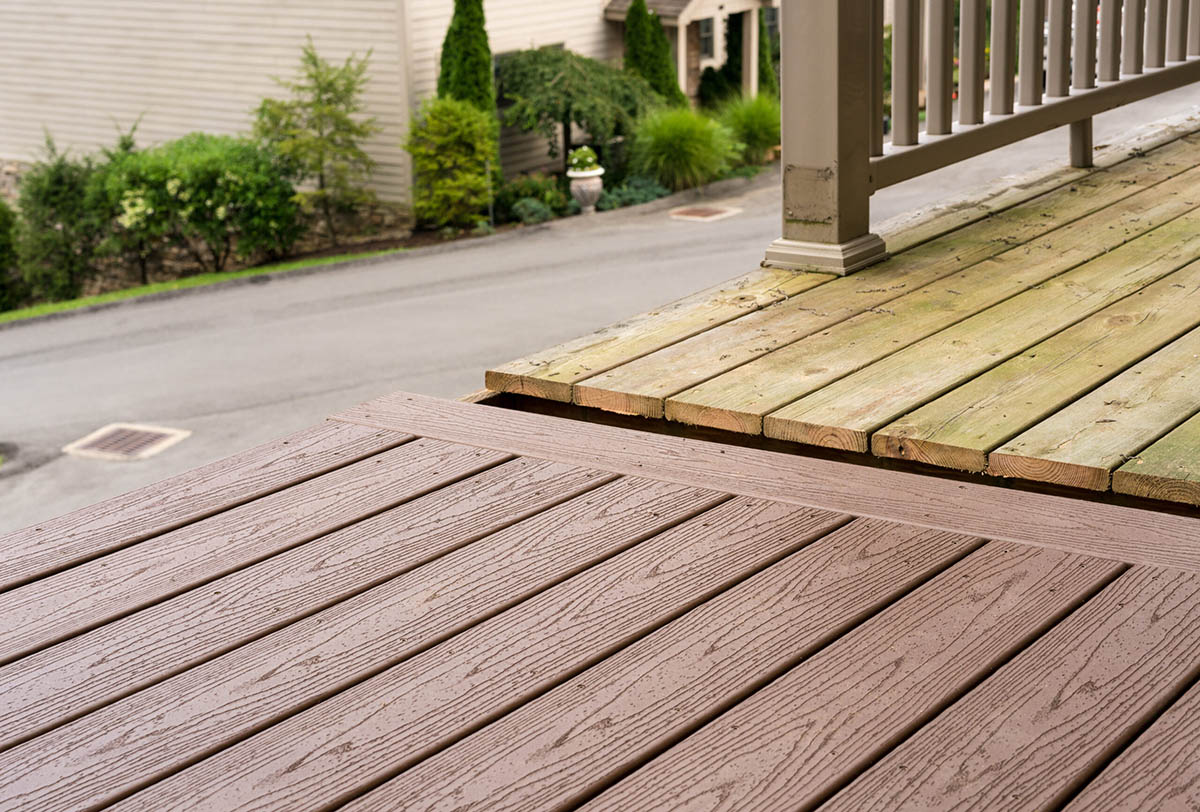
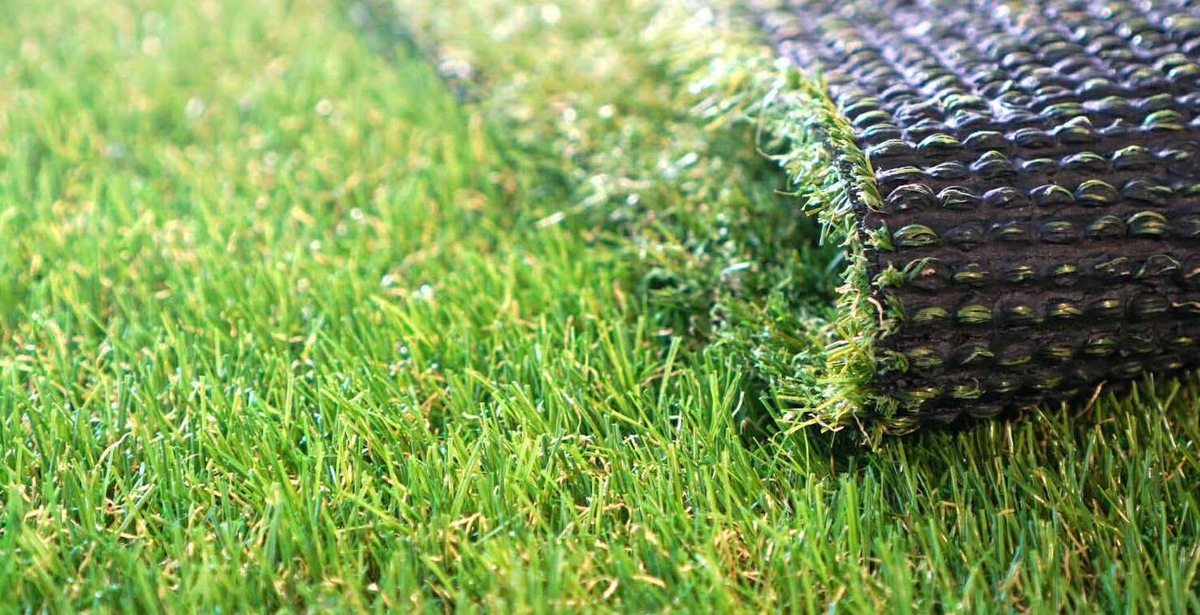
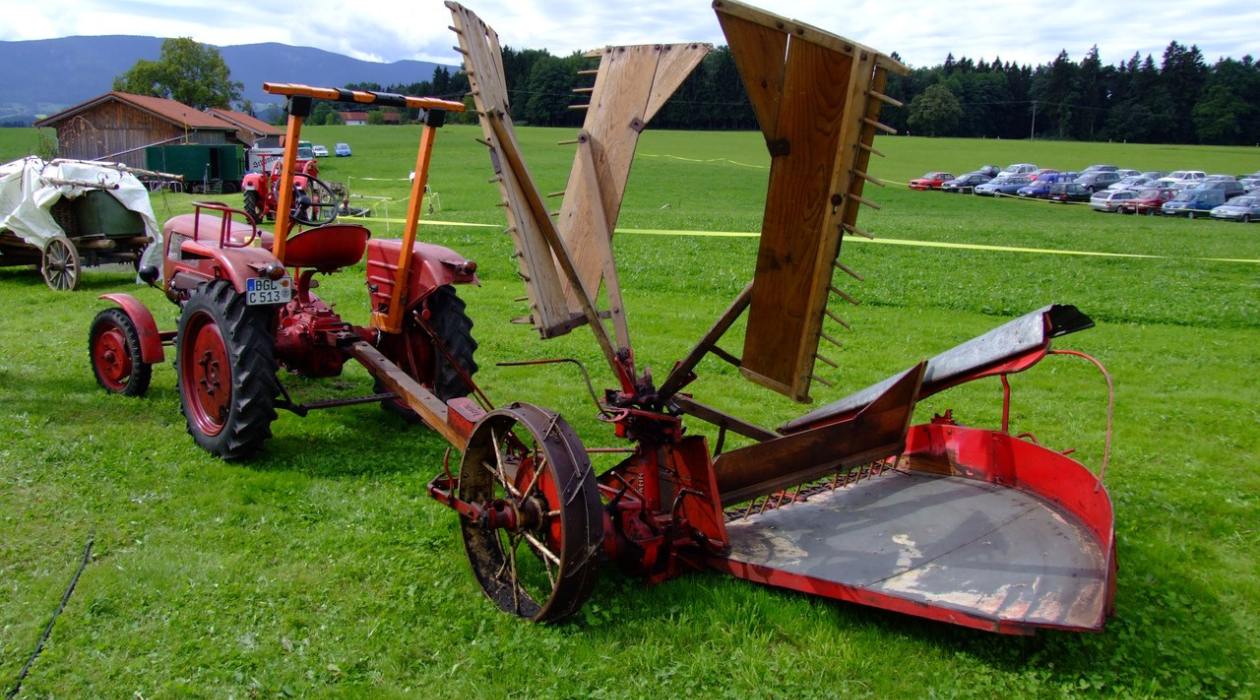
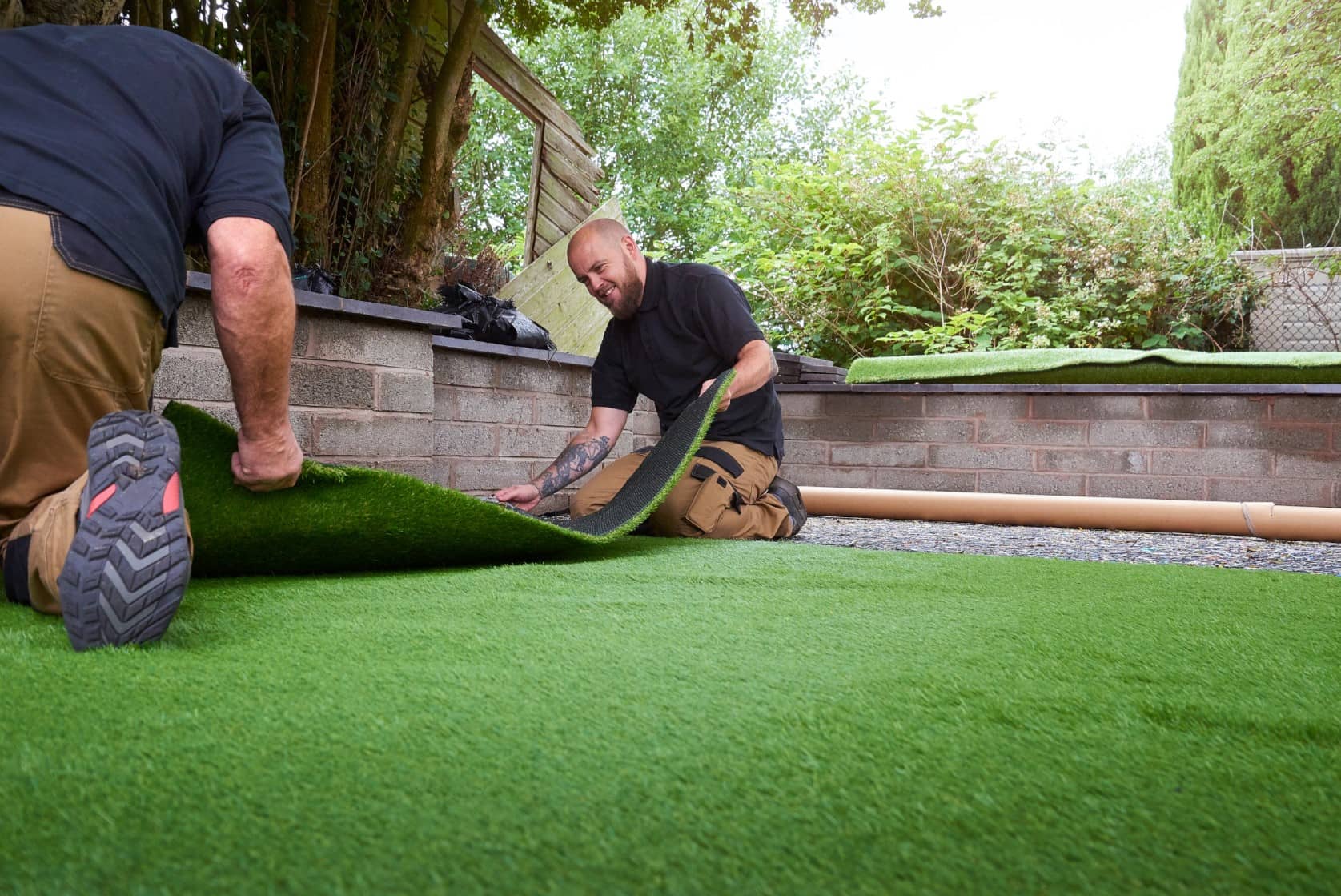
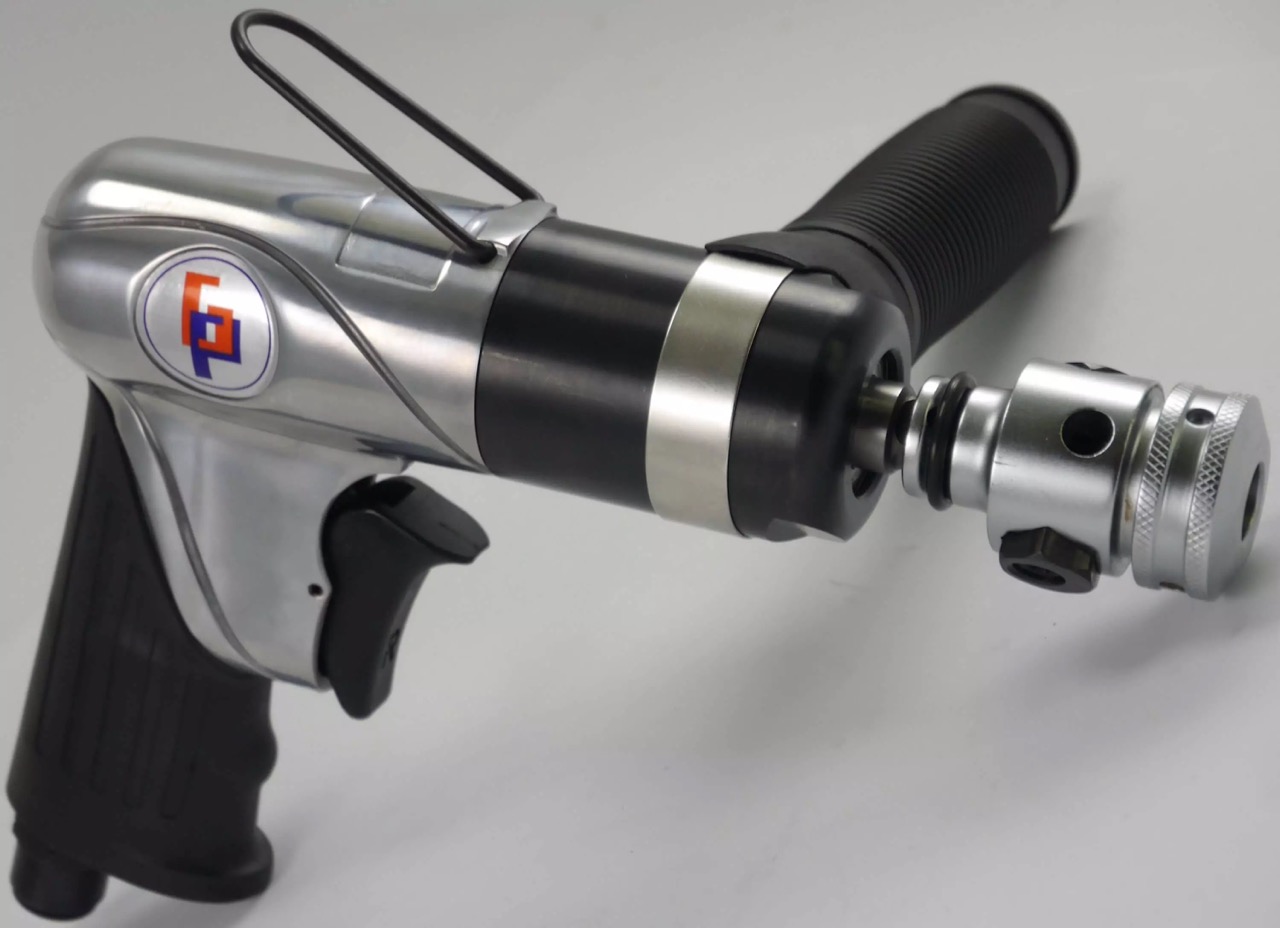
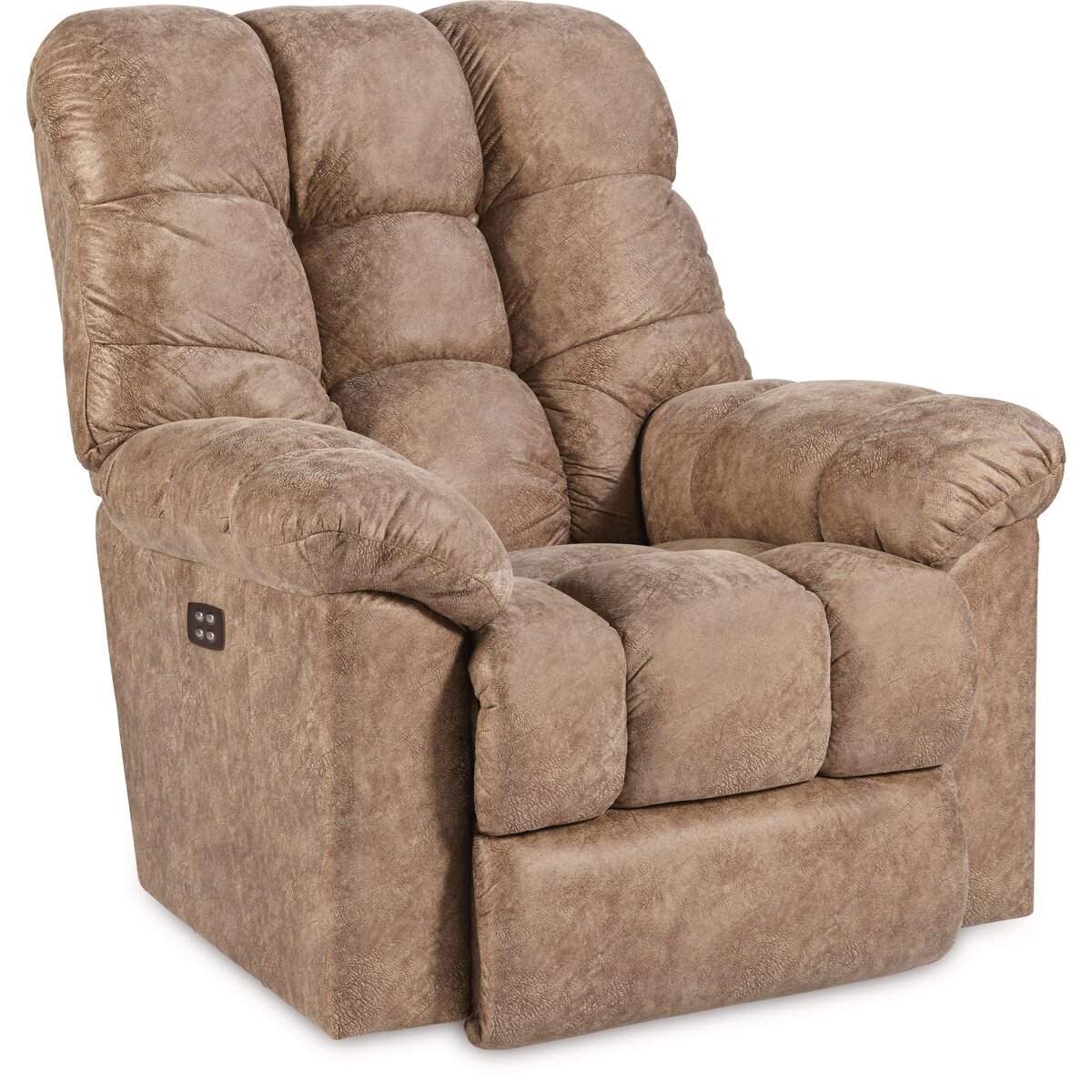


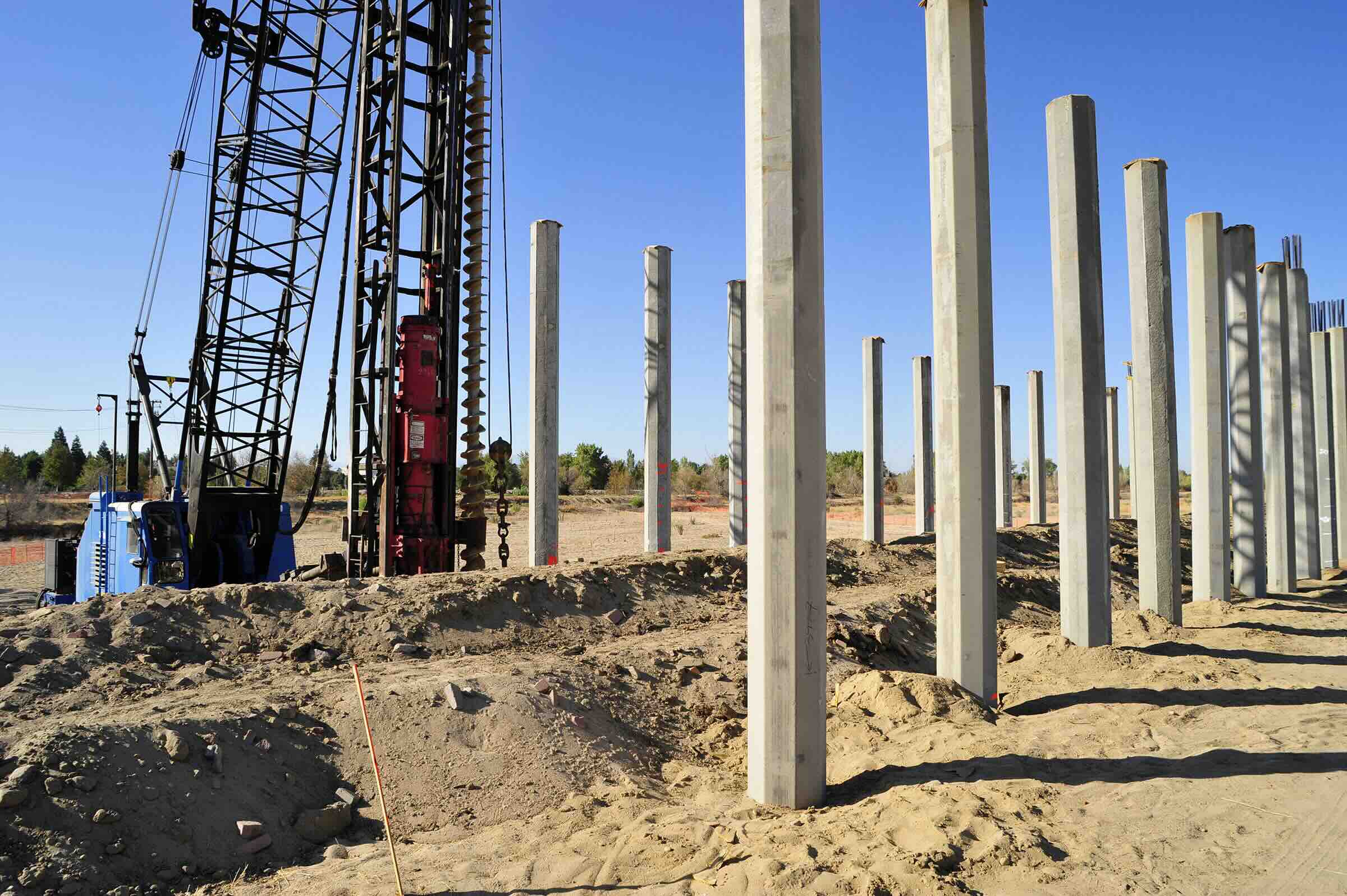


0 thoughts on “What Is A Low Pile Carpet And Why It’s Better Than High Pile”